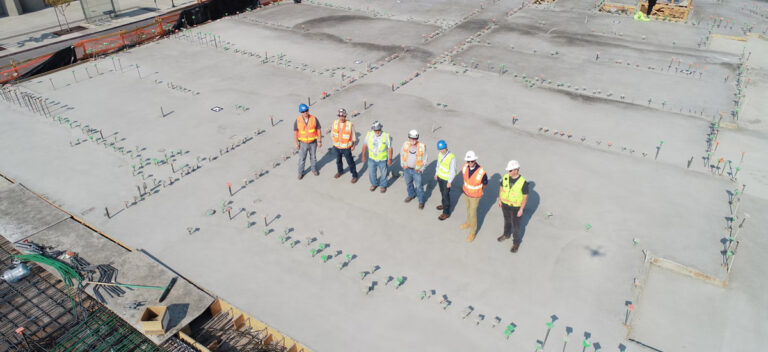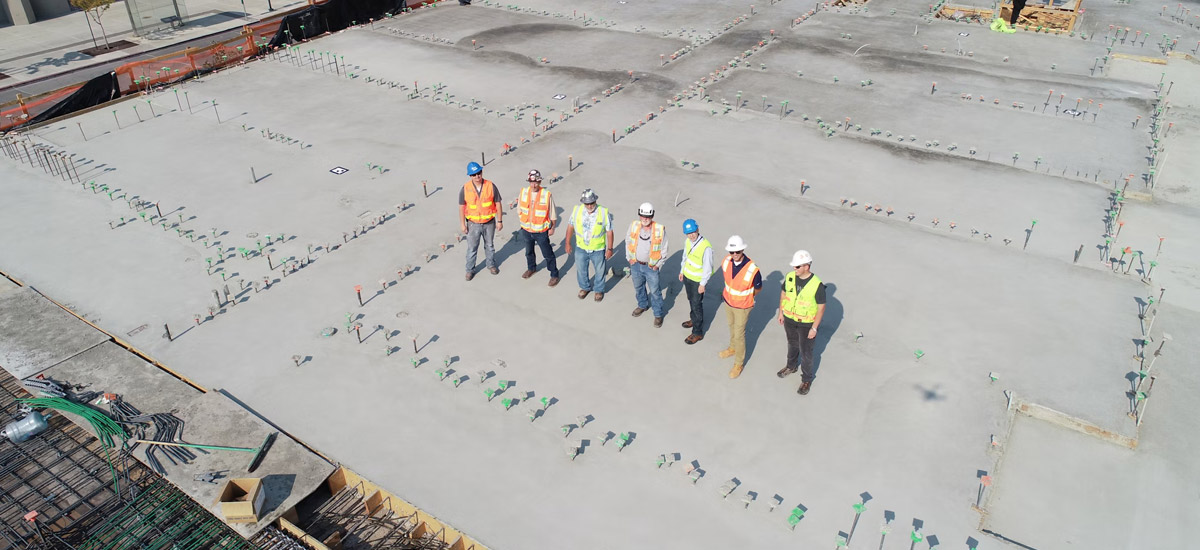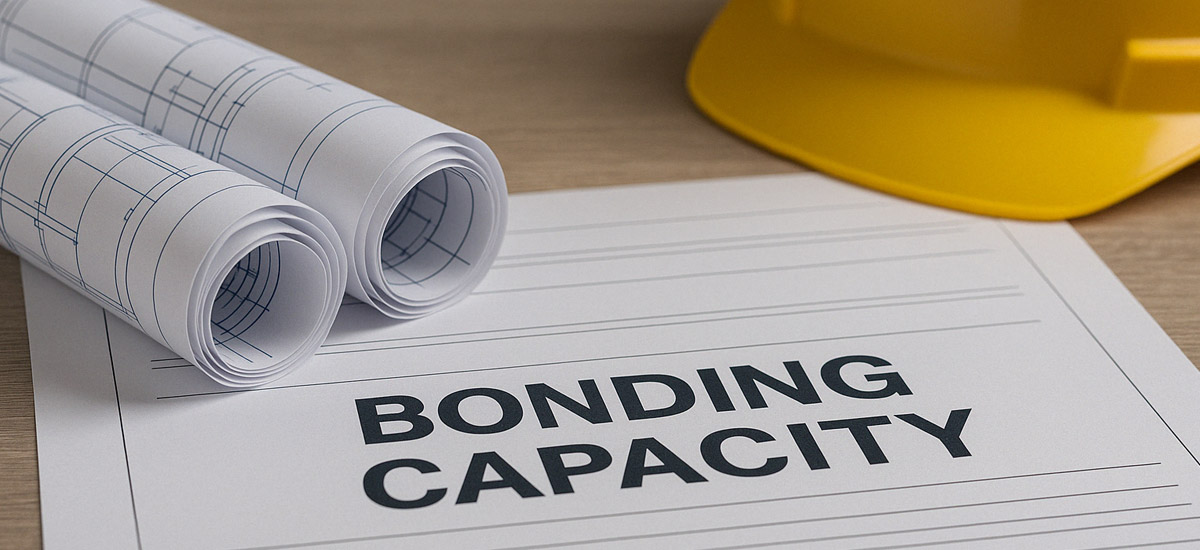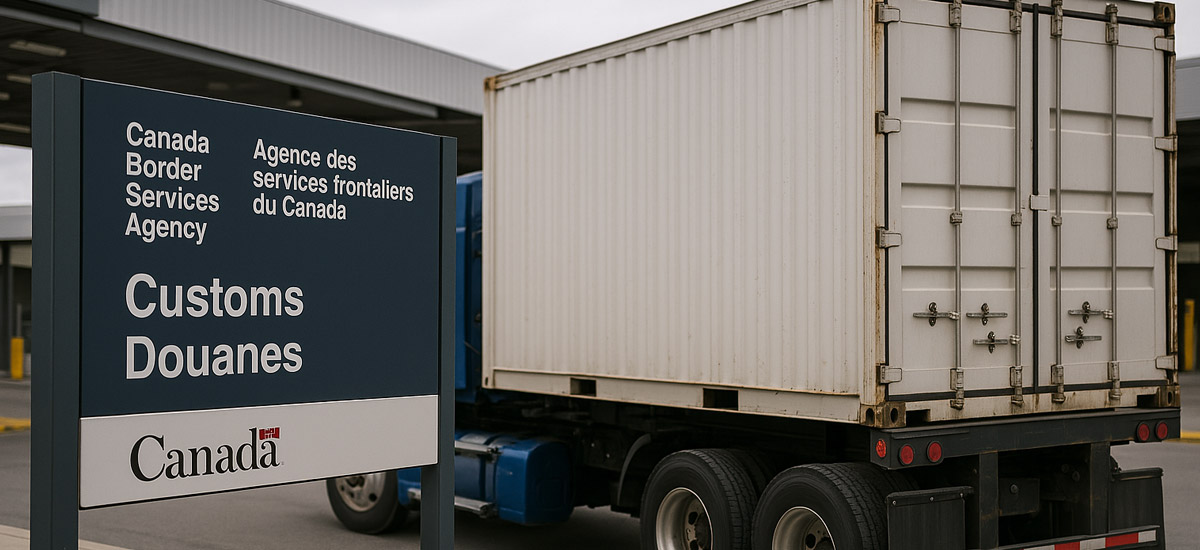Securing a construction surety bond feels like a steep climb; necessary, yet fraught with bureaucratic hurdles and stringent requirements.
You know the drill: no bond, no bid. As a contractor, it’s the golden ticket to compete and demonstrate your capability to project owners. As a project owner, the construction surety bond guarantees that your money is safe and that the contractor will abide by the committed timeline.
Therefore, this guide cuts through the red tape and presents the strategic tips that simplify the bonding process.
Our advice draws from a deep understanding of your challenges and the solutions that work.
So keep reading and learn how to obtain a construction surety bond!
Understanding Construction Surety Bonds
A construction surety bond is a promise or guarantee, much like a safety net for project owners. It involves three parties:
- The contractor who needs the bond.
- The project owner who requires the bond.
- The surety company that backs the bond.
The agreement guarantees that the contractor completes the project per the contract’s terms. For example, if a contractor agrees to build a library but can’t finish it, the surety company will resolve the issue to ensure the project owner isn’t left at a loss.
Here are the standard types of construction surety bonds.
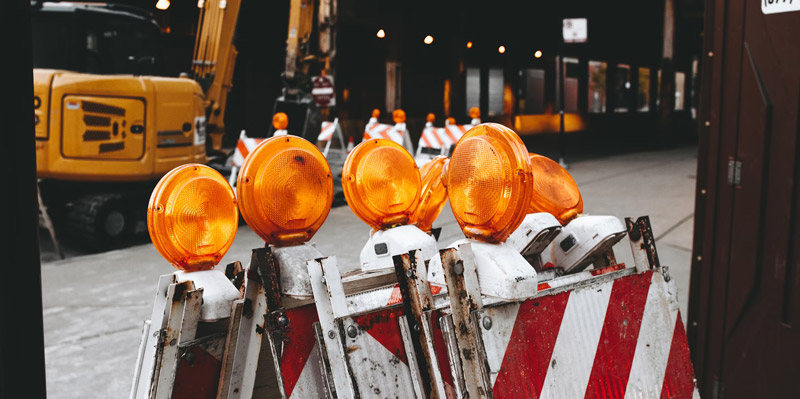
Bid Bond: A bid bond ensures that if you win a bid for a project, you’ll sign the contract and stick to your bid price. It protects the project owner from contractors who back out after winning a bid.
Performance Bond: Performance bonds ensure you complete the project according to the contract. If you fail to do so, the bond can compensate the project owner.
L&M Bond: A labour & material payment bond makes certain that you, as the contractor, pay all your subcontractors and suppliers. It protects the project owner from liens against the property if the principal is not paying bills associated with the contract.
Maintenance Bond: A maintenance bond, also known as a warranty bond, covers the post-completion phase so that any maintenance or fixes that arise shortly after completion are handled without extra costs to the project owner.
How to get a Construction Surety Bond
Getting a construction surety bond depends on a company’s reputation, work history, and financials. So if a contractor wants to bond a project, the preparation should be multi-faceted.
Here are some tips to get a construction bond more easily:
Have Questions for a Surety bond Expert?
1. Prove Financial Strength and Transparency
Securing a construction surety bond hinges on proving robust financial strength and unwavering transparency.
This is more than a routine check and a fundamental criterion that surety companies use to gauge whether you can reliably manage and complete a project without defaulting.
Therefore, demonstrating solid financial health directly influences the level of trust and the degree of risk a surety is willing to undertake on your behalf.
Here are steps you can take to tick this point off your checklist:
Maintain Clear Financial Records
Financial records act as a transparent window into your business’s health. Therefore, you must make certain that all documents, including balance sheets, income statements, aged receivables listings, aged payables listing, and work in progress reports are accurate and updated.
To obtain a bond facility in Canada, it is required to provide your most recent accountant prepared external year-end statements in one of the following formats:
- Compilation Engagement Report (least preferred)
- Review Engagements Statement (more preferred)
- Audited Financial Statements (most preferred, but not required)
Externally prepared means an accountant not directly employed at your firm that holds their CPA.
These records help surety companies swiftly and favourably assess your financial situation, which increase your chances for bond approval.
Show Consistent Profitability
Demonstrating sustained profitability over multiple years strengthens your case. It shows surety companies that your business is stable and adept at managing resources efficiently, assuring them of your ability to fulfill contractual obligations.
Reduce Debt Levels
A lower debt ratio signals to sureties that you’re not excessively leveraged, and their perceived risk will be lower with you. Also, an optimal debt-to-equity ratio portrays you as a cautious and responsible manager of your finances, making your company a more attractive candidate for bonding.
Reduce Debt Levels
A lower debt ratio signals to sureties that you’re not excessively leveraged, and their perceived risk will be lower with you. Also, an optimal debt-to-equity ratio portrays you as a cautious and responsible manager of your finances, making your company a more attractive candidate for bonding.
Increase Working Capital
A strong working capital, i.e., your current assets minus current liabilities, suggests you have the necessary funds to support project expenses. This is a major indicator for sureties assessing your capacity to manage and complete projects successfully without financial hitches.

2. Provide Detailed Project Documentation
When securing a construction surety bond, thorough project documentation stamps your project’s viability and professionalism. Detailed documentation gives surety companies a clear roadmap of your project, eventually reducing perceived risks and showcasing your capability to manage complex details.
Following are some documents you are required to show as per Canadian surety regulations:
Scope of Work
To get a bond approved, you need to clearly define the scope of your project. Detailed plans and specifications outline the extent of work, materials needed, timelines, and all parties’ responsibilities.
Budget Details
Depending on project size – you may also be expected to provide a comprehensive budget that breaks down costs for labour, materials, equipment, and other expenses. A well-articulated budget demonstrates your ability to plan financially and manage funds efficiently, all key factors in gaining a surety’s trust.
Timeline and Milestones
It’s also necessary to Include a realistic timeline with major milestones to show the sureties that you have a strategic approach to project management and are committed to meeting deadlines.
Risk Management Plans
Document your strategies for mitigating risks associated with the project. Such a plan could include safety protocols, insurance coverage, and contingency plans for unexpected events.
3. Build a Strong Industry Reputation
A strong reputation as a reliable and capable contractor helps attract business and may convince surety companies to back your projects.
Here’s how you can build a good reputation as a contractor:
Deliver Quality Work Consistently
Completing projects to the highest standards, on time, and within budget establishes your credibility. A positive track record makes surety companies more comfortable providing bonds, suggesting a lower risk of claims.
Maintain Good Relationships
Building and maintaining positive relationships with clients, suppliers, and subcontractors can strongly influence your reputation. Positive feedback and strong references from these groups reassure sureties of your professionalism and ability to manage projects.
Resolve Disputes Efficiently
Demonstrating fairness in resolving issues solidifies your standing with project owners and assures sureties that you’re a safe bet for handling unforeseen problems.
Engage in Industry Associations
Active involvement in industry associations can boost your visibility and reputation. These platforms offer networking opportunities, professional development, and a chance to stay updated with industry standards, all of which boost credibility.
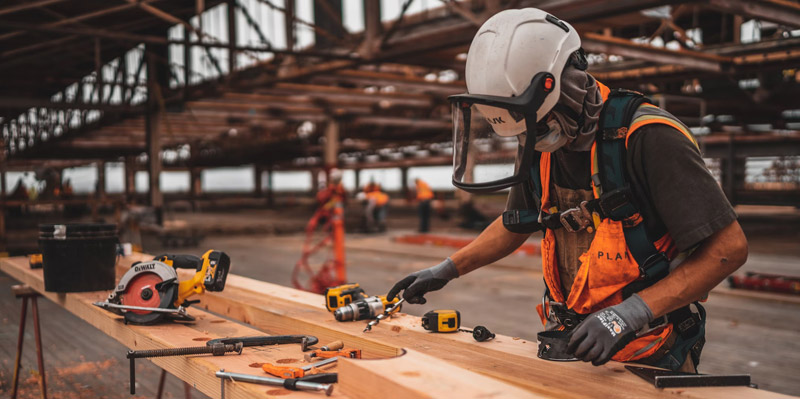
4. Show Command of Risk Management
Unpleasant situations and delays are common in construction projects, which can sometimes result in losses for a contractor. How meticulously you handle such risks shows your expertise in the industry.
As surety companies are in the business of risk avoidance, showing them that you have robust risk management protocols in place can boost your chances of bond approval.
Here are some ways to ensure strong risk management potential:
Develop Comprehensive Risk Assessments
You must conduct thorough risk assessments for each project to identify financial, operational, and environmental risks. Demonstrating that you understand what could go wrong and that you’re prepared for these scenarios reassures surety companies of your project management capabilities.
Implement Risk Mitigation Strategies
Just identifying risks may not be enough; you must also have actionable mitigation plans. Doing so includes having safety protocols, insurance coverages, and contingency plans for crucial aspects of your projects. You are expected to show that you can predict potential issues and actively work to prevent them.
Continuous Monitoring and Adjustment
Risk management is not a set-it-and-forget-it deal. The key is constantly monitoring risks throughout the project and adjusting strategies as necessary. A dynamic approach like this shows that you are always on top of potential problems and ready to tackle them head-on.
Documentation and Reporting
It’s good to keep detailed records of all your risk management activities. Regular reports and updates to your surety provider can further build trust and demonstrate your ongoing commitment to managing risks.
5. Consult a Specialist Surety Company
Even with all the documentation and financial proof, a surety company is the one to decide whether to assign you bonds or not. Therefore, joining hands with a specialist brokerage to assist is in your best interest.
A specialist surety brokerage that focuses on the Canadian market are collaborators, which helps ensure that your bond matches the requirements of your projects.
Here are a few reasons to pick a specialty surety bond company in Canada:
Tailored Evaluations
Unlike broad-stroke assessments, specialist surety companies take a detailed look at your company. They consider local conditions, industry challenges, and your company’s strengths and vulnerabilities. As a result, your application is judged on relevant, real-world factors, not just numbers on a page.
Direct Engagement
Your agent will engage directly with you, even visiting sites and discussing plans in detail. Such a hands-on approach allows them to grasp the full scope of your project, from logistical challenges to potential regulatory hurdles to ensure the bond is a precise fit for your project.
Efficient Process
Focusing specifically on Canadian projects helps these companies streamline the bonding process. They’re familiar with common local issues and can fast-track applications, anticipate problems, and offer solutions that non-specialists might overlook. Bond Connect can also place U.S. obligations for Canadian businesses.
Ongoing Support
Beyond initial bonding, a specialist surety company offers continued support, adjusting the bond as your project evolves and new needs arise. Such adaptability assists in maintaining project momentum and addressing unforeseen challenges.
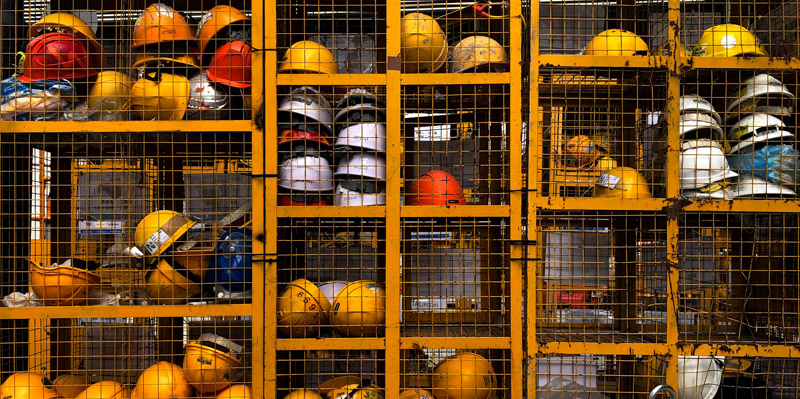
Conclusion
Securing a construction surety bond facility is a fundamental component of being established in the construction industry. These bonds serve as a safety net for your clients, ensuring that projects are completed and financial obligations are met, even if unforeseen challenges arise.
Understanding the different types of bonds and smartly positioning your business can make it easy to obtain these crucial guarantees.
As you move forward, treat the acquisition of a surety bond as an opportunity to demonstrate your firm’s reliability and commitment to project success.
With this mindset, the path to obtaining surety bonds becomes clearer, reinforcing your standing in the industry and safeguarding your projects against uncertainty.
Have Questions for a Construction Bond Expert?
FAQs Construction Bonds
Q: What if you want to ‘break’ a surety bond in Canada?
A: In Canada, breaking a surety bond is general not possible once the bond has been issued and the project has commenced. If a contractor faces a situation where they might not fulfill the bond’s terms, it’s crucial to communicate with the surety company immediately. The surety will review the circumstances and may assist in mitigating the situation, but the contractor could be responsible for any costs or damages arising from the breach.
___
Q: What does a surety bond help do if someone doesn’t deliver the project on time and there’s financial penalty?
A: If a project is not delivered on time and results in financial loss, a surety bond provides compensation to the project owner. The surety company will investigate the situation and, if the claim is valid, will pay the owner to cover the financial losses up to the bond amount. The contractor is then typically required to reimburse the surety for these costs. This ensures that the project owner is protected financially despite the delay.
___
Q: What is the difference between a construction surety bond and construction insurance?
A: A construction surety bond guarantees the completion of a project according to contract terms and protects the owner from financial loss due to contractor failure. Construction insurance, on the other hand, provides coverage for damage or financial loss during construction due to accidents, natural disasters, or other unforeseen events.



